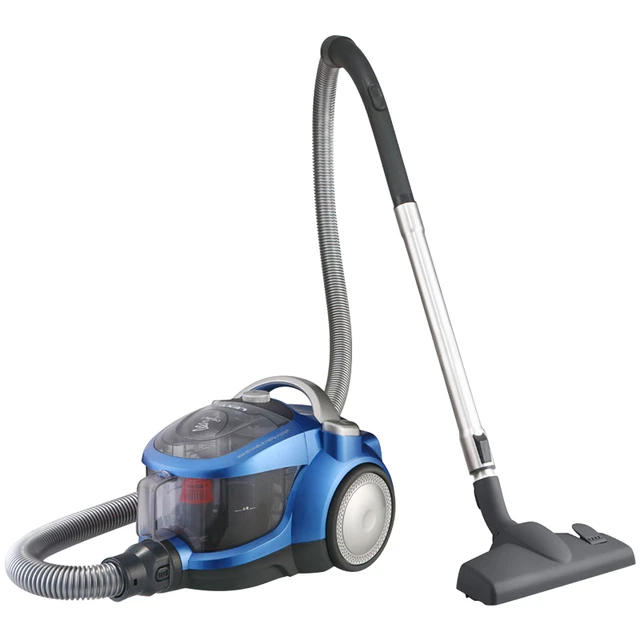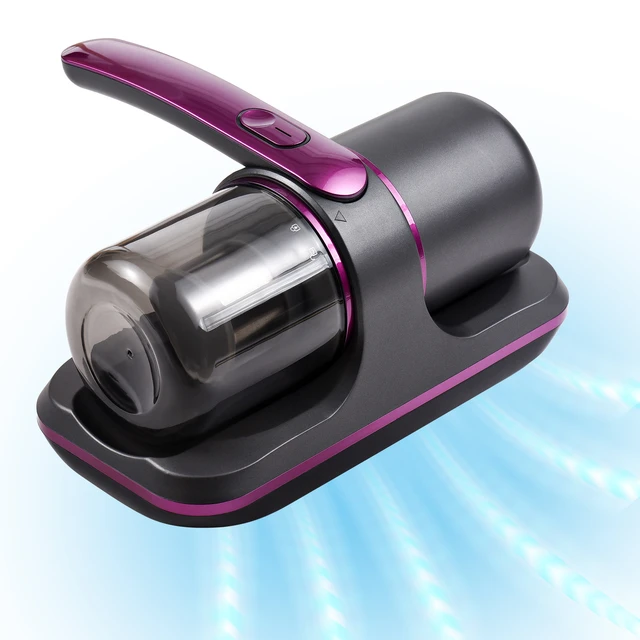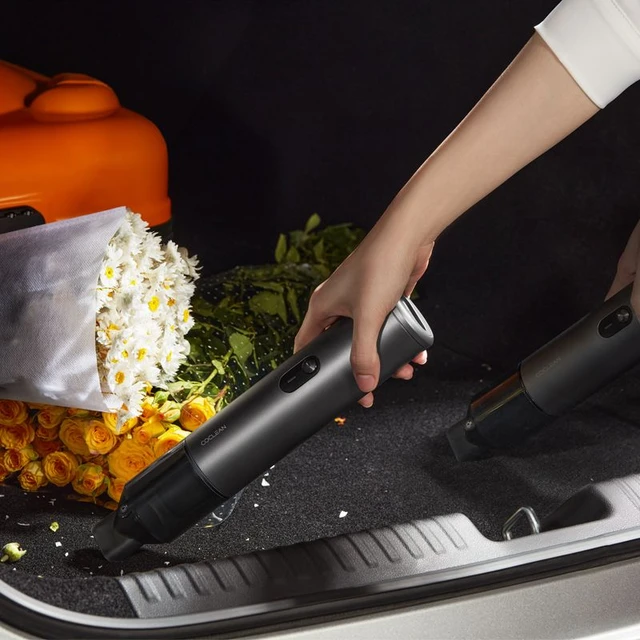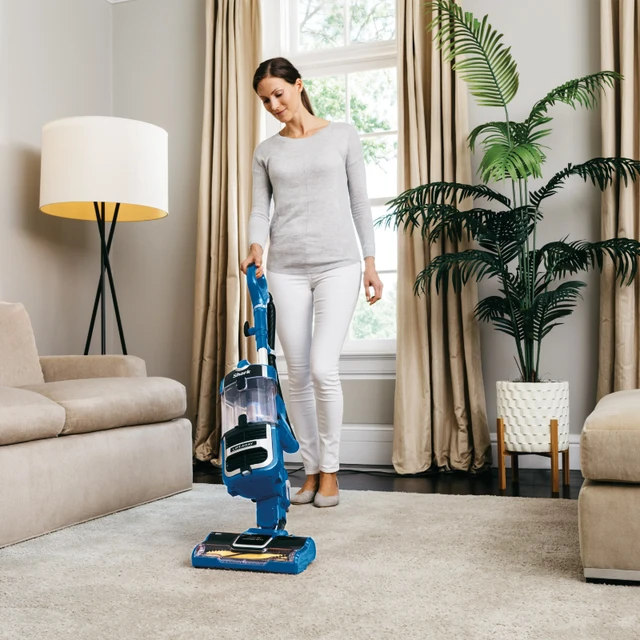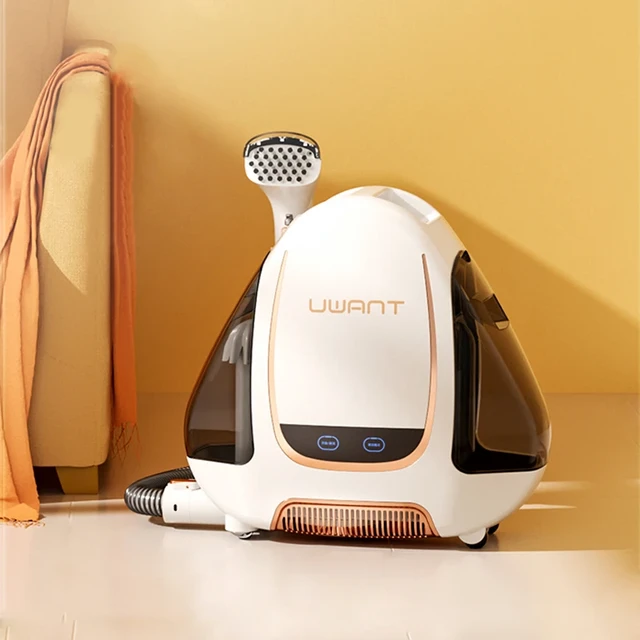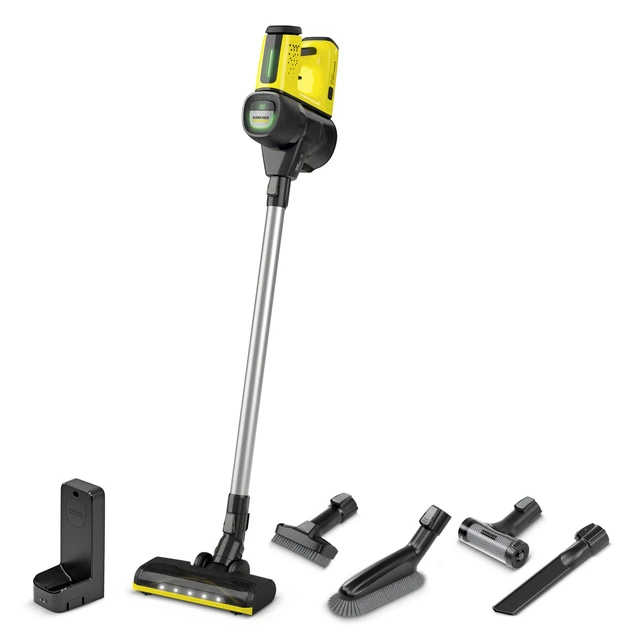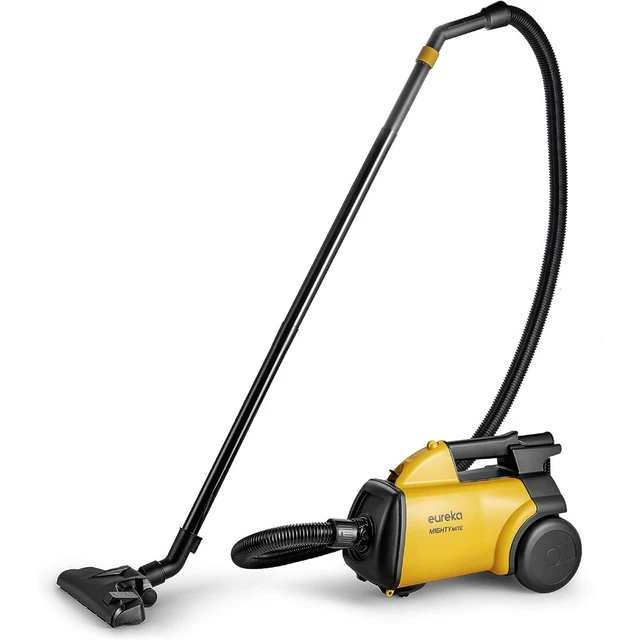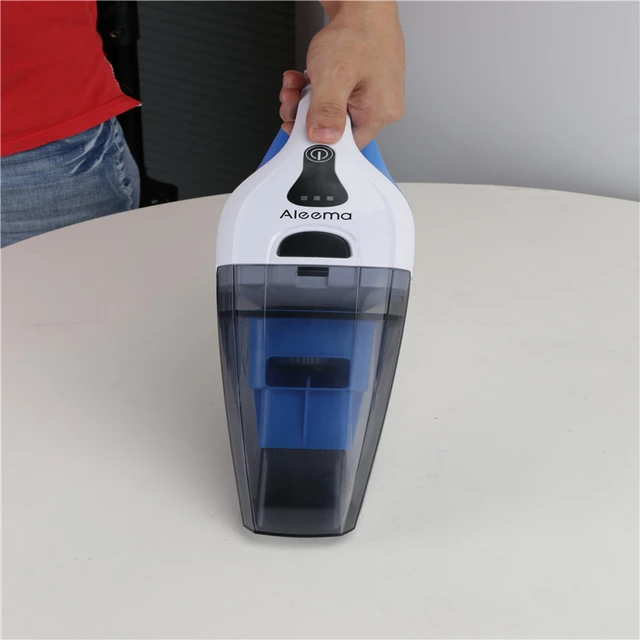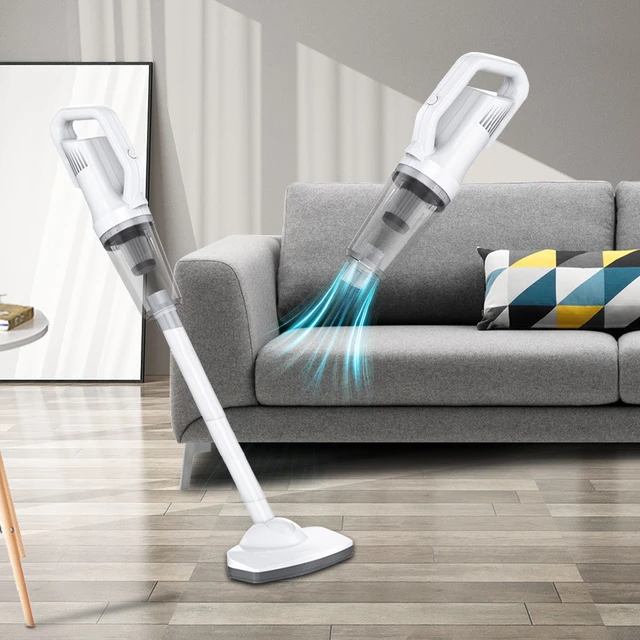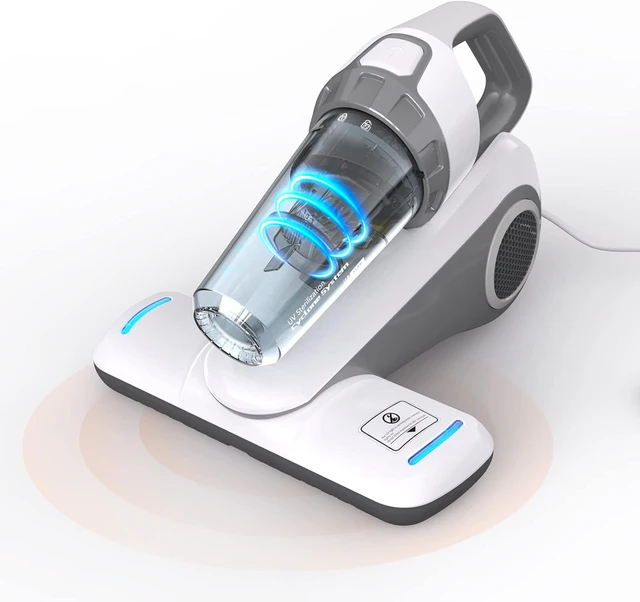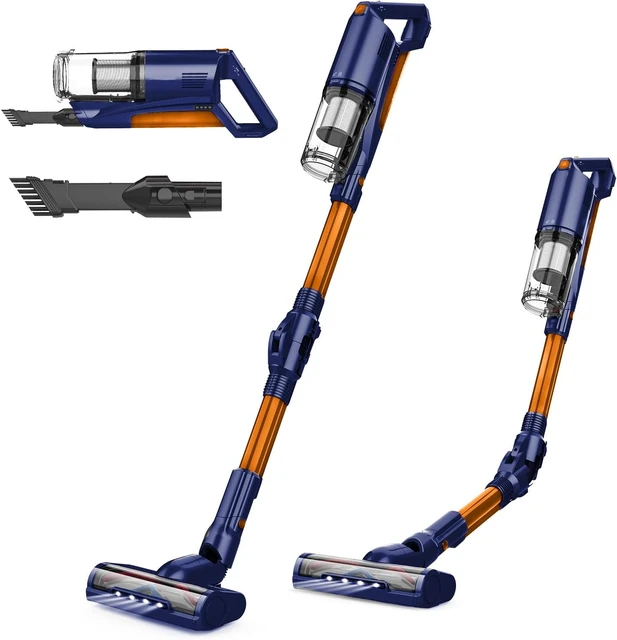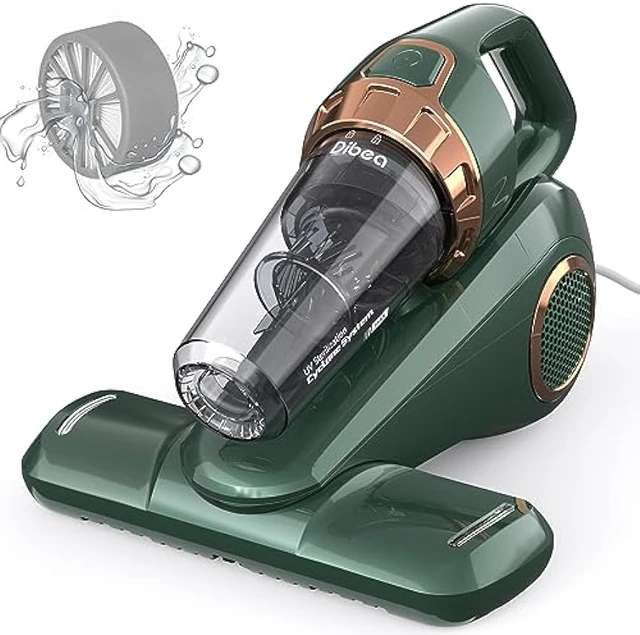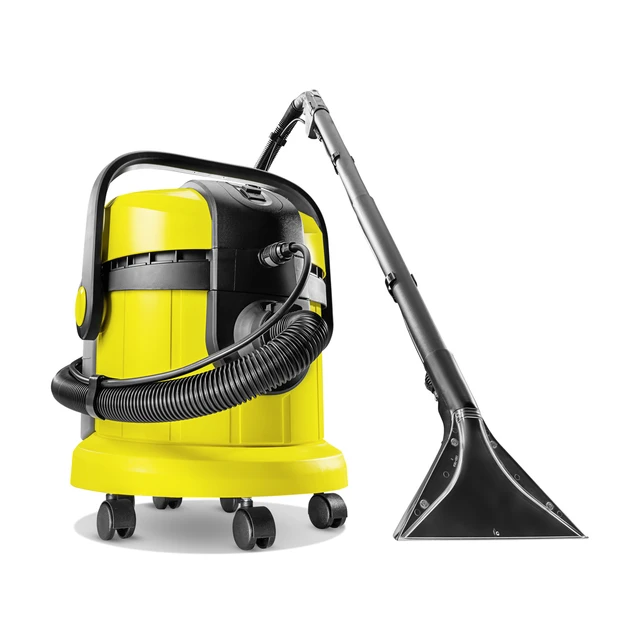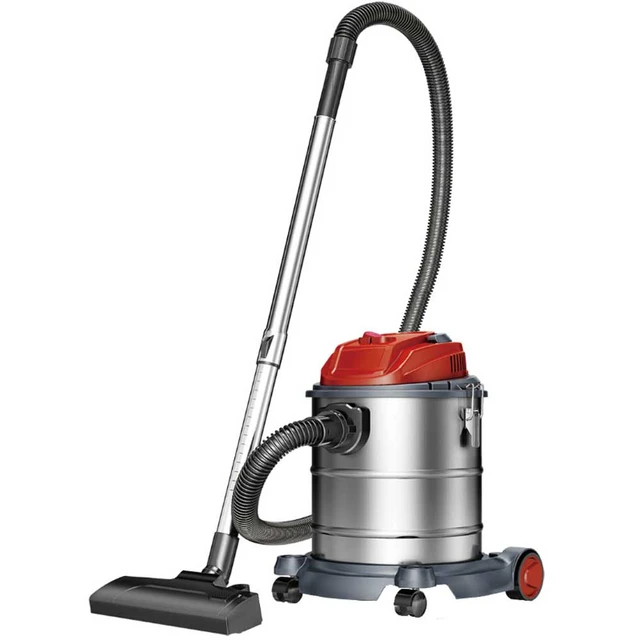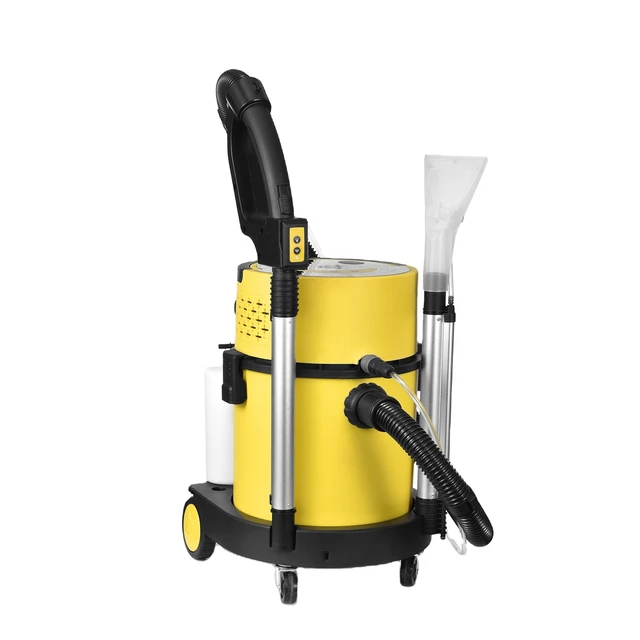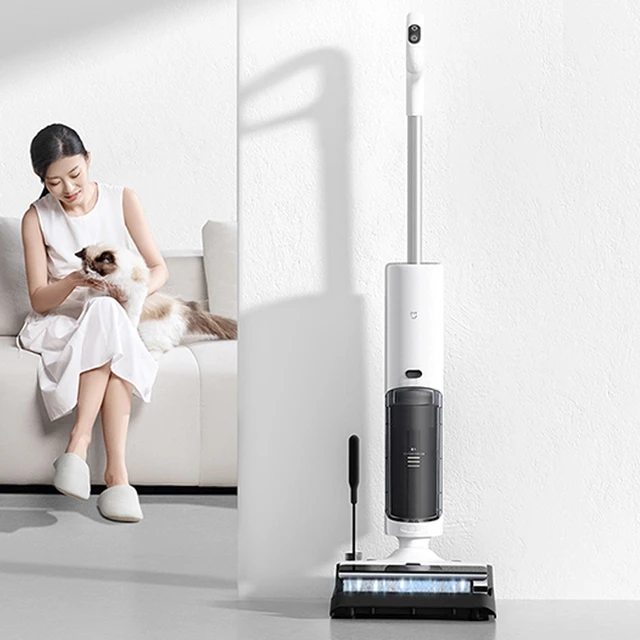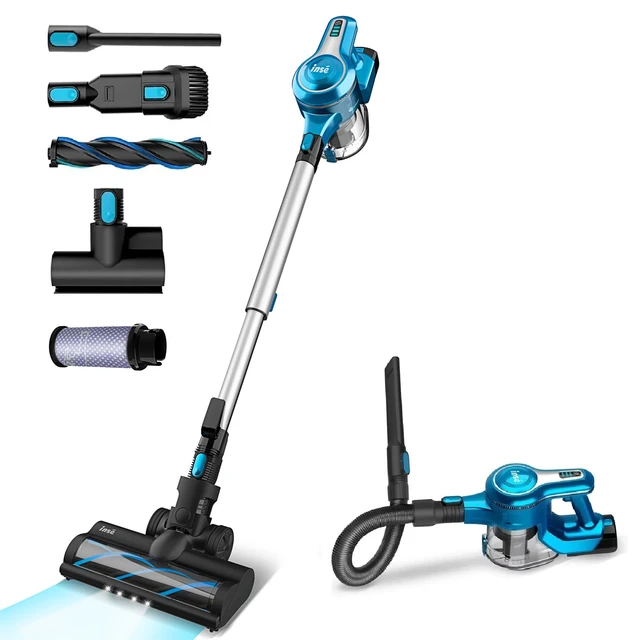Introduction:
Goodwill is a well-known nonprofit organization that accepts various types of donations to support their mission of providing job training and employment opportunities for individuals in need. When it comes to furniture donations, Goodwill’s acceptance policies may vary depending on the specific location, available storage space, and the condition of the furniture. In this article, we will explore the factors that determine whether Goodwill accepts furniture donations, guidelines for donating furniture, alternative options for furniture disposal, and the impact of furniture donations on Goodwill’s programs. By understanding these factors, individuals can make informed decisions about donating furniture to Goodwill or exploring alternative options.

Does goodwill take furniture?
Goodwill’s Acceptance of Furniture Donations:
Goodwill generally accepts furniture donations, but their acceptance policies may vary between different locations. Here are some factors that determine whether Goodwill accepts furniture donations:
a. Condition of the Furniture: Goodwill typically accepts furniture that is in good, usable condition. They prefer items that are clean, functional, and free from significant damage. Furniture with stains, tears, missing parts, or excessive wear may not be accepted.
b. Safety Considerations: Goodwill places importance on the safety of their customers and employees. Furniture that poses safety hazards, such as items with broken glass, sharp edges, or unstable structures, may not be accepted.
c. Local Policies and Storage Space: Goodwill locations may have specific policies regarding the acceptance of furniture due to limitations in storage space or other logistical considerations. It is essential to check with your local Goodwill branch to learn about their specific guidelines for furniture donations.

Guidelines for Donating Furniture to Goodwill:
To ensure a smooth donation process and maximize the impact of your furniture donation, consider the following guidelines:
a. Clean and Prepare the Furniture: Before donating, clean the furniture thoroughly and remove any personal items. Wipe surfaces, vacuum upholstery, and address any stains or odors to make the furniture more appealing and ready for reuse.
b. Check for Damage: Inspect the furniture for any significant damage, such as broken frames, non-functional drawers, or missing parts. Goodwill prefers furniture that is in good working condition and does not require extensive repairs.
c. Call Ahead: Before bringing furniture to a Goodwill location, call ahead to confirm their acceptance policies and ensure they have the capacity to receive furniture donations. This helps prevent any inconvenience or disappointment if they are unable to accept your donation.
d. Transport Assistance: Furniture can be heavy and cumbersome to move. If you require assistance with transportation, some Goodwill locations may offer pick-up services for larger items. Inquire about this option when contacting your local branch.
e. Documentation for Tax Purposes: Goodwill is a registered nonprofit organization, and donations may be tax-deductible. Obtain a receipt for your furniture donation, which will serve as documentation for tax purposes. Consult with a tax professional to understand the specific tax benefits and requirements.

Alternative Options for Furniture Disposal:
If Goodwill cannot accept your furniture donation or if you prefer alternative options for furniture disposal, consider the following alternatives:
a. Local Charities and Nonprofits: Research local charities or nonprofits that specialize in furniture donations. These organizations often have specific programs to support individuals and families in need of furniture. Some may offer pick-up services for larger items.
b. Online Donation Platforms: There are online platforms that connect individuals with charities or individuals in need of furniture. These platforms allow you to list your furniture for donation, and interested parties can arrange for pick-up or delivery.
c. Furniture Banks: Some communities have furniture banks that accept furniture donations and redistribute them to individuals or families in need. These organizations may have specific criteria for accepting furniture and often work in partnership with social service agencies.
d. Recycling or Waste Management Facilities: If your furniture is in poor condition and not suitable for donation, contact local recycling or waste management facilities to inquire about furniture disposal options. They may have specific guidelines for furniture disposal and recycling.
e. Reuse Centers: Explore local reuse centers that accept furniture donations. These centers aim to reduce waste by refurbishing or repurposing donated items. They may have specific requirements for accepting furniture.
Impact of Furniture Donations on Goodwill’s Programs:
Donating furniture to Goodwill has a direct impact on their programs and services. Here are a few ways furniture donations support Goodwill’s mission:
a. Job Training and Employment: Goodwill uses the revenue generated from the sale of donated items, including furniture, to fund their job training and employment programs. These programs provide individuals with skills and support to secure meaningful employment.
b. Community Support: By donating furniture to Goodwill, you are contributing to the support of your local community. The sale of donated furniture helps Goodwill provide critical services, such as career counseling, resume building, and job placement assistance.
c. Environmental Sustainability: Donating furniture promotes environmental sustainability by extending the lifespan of usable items and reducing waste. Instead of disposing of furniture, Goodwill gives it a second chance to be reused and enjoyed by someone else.

Additional Considerations for Furniture Donations:
In addition to the guidelines and alternatives mentioned earlier, here are a few more considerations when donating furniture:
a. Acceptable Furniture Items: Goodwill typically accepts a wide range of furniture items, including couches, chairs, tables, dressers, desks, and bed frames. However, it’s important to check with your local Goodwill branch to confirm their specific acceptance policies and any restrictions they may have.
b. Incomplete Sets: Goodwill may accept furniture items even if they are part of incomplete sets. For example, a single dining chair or a nightstand without a matching bed. These individual pieces can still be useful to someone in need or can be repurposed.
c. Functional Requirements: While Goodwill prefers furniture in good working condition, minor repairs or cosmetic imperfections may still be acceptable. Small scratches, scuffs, or loose knobs can often be repaired or addressed by the new owner.
d. Upholstered Furniture: Goodwill may have specific requirements for accepting upholstered furniture, such as sofas or chairs. Some locations may not accept items with significant stains, tears, or signs of infestation. It’s best to check with your local branch for their specific guidelines.
e. Mattresses and Bedding: Goodwill may have restrictions on accepting used mattresses and bedding due to hygiene and safety concerns. It’s advisable to inquire about their policies on mattress donations or consider alternative options for disposing of these items.
f. Documentation and Valuation: When donating furniture to Goodwill, it’s essential to keep documentation of your donation, including a detailed list of the items donated and their estimated value. This documentation will be valuable for potential tax deductions and insurance purposes.
g. Furniture Removal Services: If you’re unable to transport furniture to a donation center, consider hiring a professional furniture removal service. These services specialize in picking up and delivering furniture donations to charitable organizations. Some may even handle the proper disassembly and removal of large furniture items.

Other questions
Does goodwill sell furniture?
Goodwill does sell furniture, and it is often a popular destination for those seeking affordable home furnishings. Each Goodwill location varies in its inventory, but many stores feature a wide selection of furniture items, including chairs, tables, sofas, bed frames, and more. These pieces are typically donated by individuals or businesses and are then sold at a reduced price, making them an attractive option for budget-conscious shoppers.
Shopping for furniture at Goodwill can be a treasure hunt, as the stock frequently changes. Customers might find unique vintage items or modern pieces. Additionally, purchasing from Goodwill supports their mission of providing job training and employment services for individuals in the community.
Goodwill also often has special events or sales that further entice shoppers. Those looking to furnish their homes on a budget should definitely consider visiting their local Goodwill for a chance to discover quality furniture at a fraction of retail prices.
Does goodwill take broken vacuum cleaners?
Goodwill typically accepts donations of various items, but policies can vary by location. Many Goodwill stores do accept broken items, including vacuum cleaners, if they believe they can repair and resell them. However, it’s always best to check with your local Goodwill to confirm their specific policies on damaged or non-working items. They may also provide guidance on how to dispose of items that can’t be resold.
Conclusion:
Goodwill generally accepts furniture donations that are in good, usable condition, although acceptance policies may vary between locations. It is important to contact your local Goodwill branch to confirm their specific guidelines. Following the guidelines for donating furniture, such as cleaning and preparing the items, can help ensure a smooth donation process. If Goodwill cannot accept your furniture or if you prefer alternative options, consider local charities, online donation platforms, furniture banks, recycling facilities, or reuse centers as alternatives for furniture disposal. Donating furniture to Goodwill directly supports their mission of providing job training, employment opportunities, and community support. Additionally, it promotes environmental sustainability by giving furniture a second life and reducing waste. By considering these factors, individuals can make informed decisions about donating furniture to Goodwill or exploring alternative options for furniture disposal.




